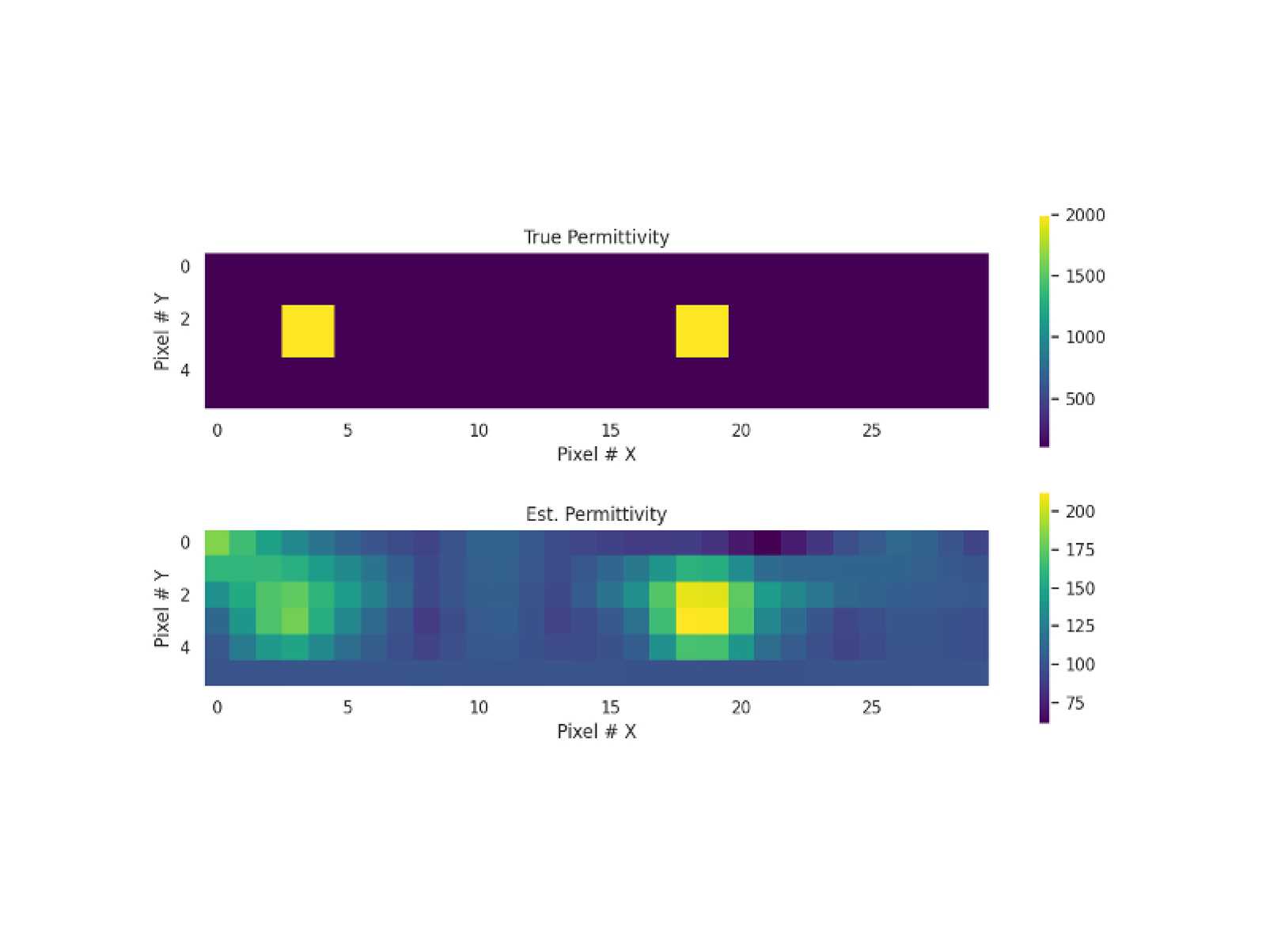Technology

Principles of Electrical Capacitance Tomography
Electrical Capacitance Tomography (ECT) is based on simple principles whereby electrical charges with opposite polarities (-/+) generate an electric field between electrodes which can be used to measure the capacitance of an object.
Zedsen Technology
Conventional ECT uses electrodes on either side of the object being measured–which would require painful compression if used as a medical device.
Our patented array of parallel electrodes uses a flat sensor, eliminating the need for painful compression. Multiphysics and bespoke algorithms are used to map the permittivity of the human body to improve cancer detection.
Oncology application
As breast cancer advances, we see a trend towards cellular disarray associated with higher permittivity.
Studies show that as cancer advances, we see a step wise increase in permittivity values.
Grounded in science

Scientific viability of ECT
Cellular changes associated with cancer development alter the conductivity and capacitance of the micro environment. Published Literature supports electric field assessment of cancer across tissue types.

Electrical Capacitance Tomography
Zedsen’s scanner consists of an array of parallel electrodes and uses unique algorithms to measure bespoke electric fields generated that extend into an object above the sensor surface.

Z-Scanner Software application
In-house developed Linux based software application that pseudonymises and stores all data gathered from the Z-Scanner.

Algorithm development
Our novel time domain algorithms enable the use of fast and accurate scanning methodologies and data processing which allows Zedsen to build a small, affordable and portable device.
We utilise complex deterministic multi-physic simulation models to allow for continuous improvement of our sensor design and the accuracy of results.
Zedsen's unique algorithm design enables reconstruction of capacitances at very low ranges, which can only otherwise be achieved using expensive measuring equipment.
By incorporating advanced, bespoke algorithms, which are pre-trained using synthetic datasets and fine-tuned with experimental outputs, we can improve accuracy of results.